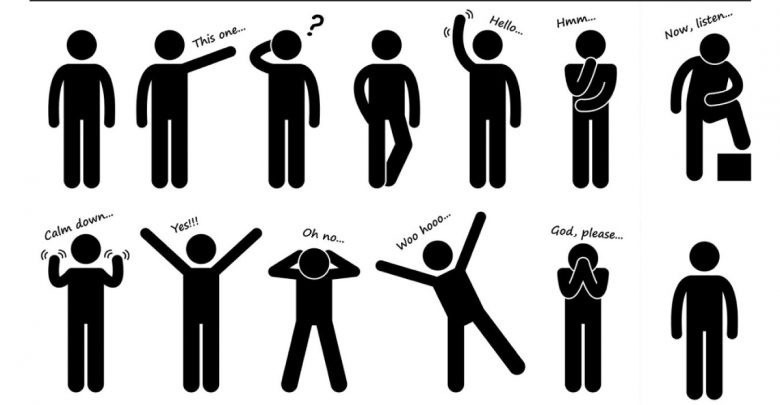Our nonverbal means of expressing our ideas and feelings to others is through body language. Face expressions, hand gestures, posture, and vocal intonation are all part of it. Despite the fact that we might not always be aware of it, our body language can reveal a lot about our personalities, moods, and intentions. Body language analysis and interpretation are crucial skills that can be applied in a variety of situations, including social interactions and job interviews.
One of the most crucial aspects of body language is the use of facial expressions. Happiness, sadness, rage, surprise, and fear are just a few of the many emotions that our faces are capable of expressing. For instance, a smile might convey joy or friendliness, but a frown can convey despair or rejection.
Another crucial aspect of body language is gestures. They might be anything from microscopic, undetectable movements to big, spectacular ones. Leaning forward, for instance, can convey attention or engagement, whereas crossing one’s arms can convey defensiveness or discomfort. To accentuate a point or send a message, employ hand gestures like pointing or waving. It’s crucial to remember that gestures might change among cultures, thus it’s critical to take these variances into consideration while understanding them.
Another crucial component of body language is posture. Our physical alignment can show self-assurance, timidity, or discomfort. For instance, having our shoulders back and standing straight up might show confidence, whereas slouching or hunching can show shyness or uncertainty. Being aware of our posture and how others can interpret it is crucial when dealing with people.
Another crucial aspect of body language is voice tone. It can express a variety of feelings, such as elation, rage, irritation, or boredom. For instance, a fast-paced, high-pitched voice might convey energy or enthusiasm, but a monotone, slow voice can convey boredom or disinterest.
In conclusion, body language is a crucial component of communication that may be used to express a variety of feelings and intentions. In many situations, reading and interpreting body language can be helpful, but it’s crucial to keep cultural differences in mind and approach communication holistically. We may sharpen our communication skills and create deeper connections with those around us by being aware of both our own body language and that of others.




